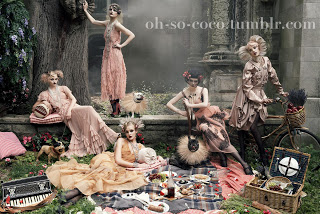 |
| Google images |
Robert Capa (1913-1954)
- He was a War Photographer.
- He had a Leica camera.
- He "brought fame, charisma... to the war" through his photo's.
- He has "2 rules; 1) to get close 2) to get closer" which is how he died, he stepped on a landmine in Indochina.
- 1936 Soldier getting shot "Dying Loyalist soldier"
- 2 Capa captured the best of reality"
- Capa had the war photo's that everyone wanted, he had the films that contained the war pictures.
- He was rushed to develop them and 3 rolls out of 4 got destroyed. Only 14 pictures was saved and they were the most famous as they were the only ones.
- Capa went to Hollywood after the war.
Capa was a war photographer who went out as close to the battlefield as he could to get true images of war. He took his leica camera and had his rules in mind; "to get close and to get closer." Capa was, in my opinion, a great photographer. He captured real moments that we could only dream of. The photo of the 1936 Soldier getting shot called "Dying Loyalist Soldier" is a great example of his amazing talent. The fact that he was rushed to develop his photo's was a shame however it shows that people were in demand for his amazing work. Unlike Vaccaro, Capa didn't have the army telling him what photo's are allowed to be published. I admire Capa because of his courage to go closer just to capture a frame of reality to show the world.
Capa took risks, he was determined to get the real art of war in each photo he took. The images he produced were of very good quality and among some of them, their was some of the greatest recorded moments of history. Capa captured images that gave us an understanding of all emotions of the war. I think Capa achieved his goal as his photographs are very carefully taken to show true emotion and meaning.
Tony Vaccaro (Born:1922)
 |
| Google images |
- He was a soldier doing War Photography in 1945 (WW2).
- Speed Graphic Camera, film.
- He always had his camera on his neck and his gun on his side.
- He couldn't afford a Leica camera like Capa however "he got closer than Capa" as he was fighting the war as well as capturing it.
- Vaccaro developed his own photo's on the battlefield. He got some chemicals and hung the negatives on a tree to dry. June 1944 he removed the film and started to develop them. He was checking times to keep them in the chemicals.
- 10 rolls were developed however they were all destroyed by the army as they didn't want the photos to be shown as they were tragic photos which would destroy the positive thinking back home.
- Vaccaro stayed in Germany after the war.
- He is now an American Photographer.
Vaccaro was a soldier so the pictures he got were on the front line however unlike Capa, Vaccaro couldn't take his time on the perfect photo as he had duties as a soldier. Vaccaro was passionate and determined, he was a soldier however photography was his passion and his hidden talent. The images taken by Vaccaro were amazing and showed the viewer the lifestyle of a soldier which is something Capa couldn't do however the army had control over Vaccaro and didn't allow him to use his photos in fear of sending the wrong message back home. Once the war was over Vaccaro became a fashion and lifestyle photographer for U.S magazine.
Vaccaro's work is inspiring, he managed to capture the real meaning of war, both physical and mental emotions are shown in each photo as well as him fighting a war! In my opinion i think Vaccaro's work is outstanding, i love the atmosphere in each photo. I can imagine im their and that's the art to being a true photographer, capturing the moment, including emotions and deep meaning that included the viewer.
 |
| Google images |
Henri Cartier-Bresson (1908-2004)
Henri Cartier-Bresson (August 22, 1908 – August 3, 2004) was a French photographer considered to be the father of modern photojournalism. He was an early adopter of 5 mm format, and the master of candid photography. He helped develop the "street photography" or "life reportage" style that has influenced generations of photographers who followed.
(Google- Wikipedia)
What is Photo Journalism?
Photojournalism is when you write a story or article about an attached picture. Mainly found in magazines or news papers.
Photo Journalism relies on text to tell the story. Without text, its just a photo without a meaning. Text is like the photo's anchor as without it, the story becomes unclear and many meanings are taken from one image. For example if I showed a picture of someone getting shot, you wouldn't know who is getting shot and why they are getting shot so the audience would make up the meaning which would be the wrong meaning to the image. This is why Photojournalism has text along side the image, so the story can be visualized and not misunderstood.
If their was a big event happening such as the 9/11, newspapers would often ask the public for the photo's they have taken of the event. I think this would change the way people would see the event because the photo wasn't taken by the writer so their isn't a connection between them. I also think that because the photo only captures one moment of such a big event, the moment was chosen by the person taking the photo so in my opinion you cant use one picture and text by different people to sum up such a huge moment. I think this because the writer hasn't experienced the emotion, the atmosphere or the panic the photographer has so how can the writer write about a moment he/she hasn't experienced.
 |
| The Execution- Eddie Adams |
Does the picture help show reality?
I think the picture on its own does not show reality because the image alone has many many meanings. People only see one side of the picture. For an example, the image (Right) without text you wouldn't know what the shot man had done. The man could have killed millions or be innocent.
Photojournalism shows reality because the images helps make the text seem more real, it brings the text to life. You get the background information to the picture so people know what is going on and wont judge the people in the image. In the image most people would assume the man being shoot in the head has done something wrong, without text we wouldn't know the true meaning.






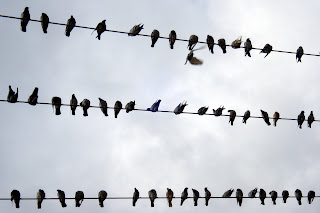
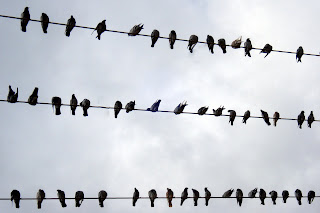
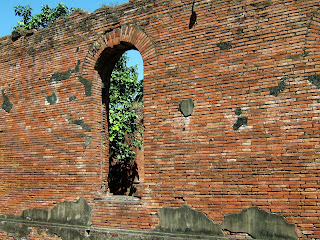
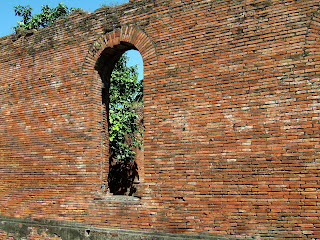
 "Sir Cecil Walter Hardy Beaton, CBE (14 January 1904 – 18 January 1980) was an English fashion and portrait photographer,diarist, painter, interior designer and an Academy Award-winning stage and costume designer for films and the theatre. He was named to the International Best Dressed List Hall of Fame in 1970
"Sir Cecil Walter Hardy Beaton, CBE (14 January 1904 – 18 January 1980) was an English fashion and portrait photographer,diarist, painter, interior designer and an Academy Award-winning stage and costume designer for films and the theatre. He was named to the International Best Dressed List Hall of Fame in 1970
